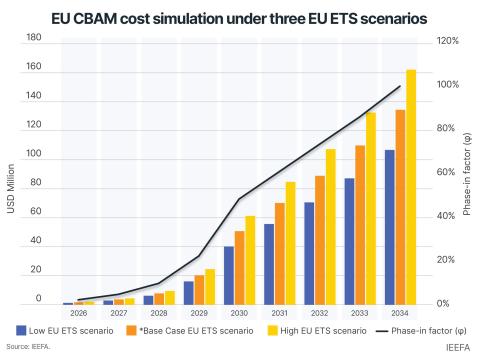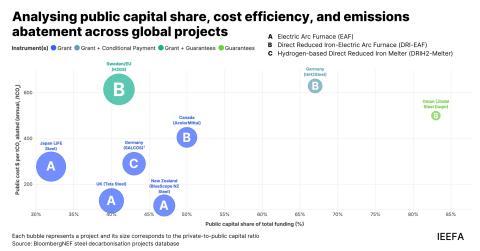Mountain valley pipeline faces financial plunge
Download Full Report
Key Findings
Forecasts for natural gas demand in the Mountain Valley Pipeline region have been revised and are substantially lower than projections that pipeline sponsors used as justification for the project.
Utilities that signed up to ship gas on the pipeline face a high risk that Mountain Valley will not provide their customers with less-expensive gas.
The risk that Mountain Valley Pipeline’s capacity will be underutilized has not yet been analyzed by the Federal Energy Regulatory Commission (FERC). FERC continues to use its outdated process for evaluating pipeline need that does not consider a rapidly changing domestic natural gas market or the risks associated with growing LNG exports on the domestic gas market.
Executive Summary
The Mountain Valley Pipeline was proposed in 2014 as a 303-mile pipeline to transport natural gas from northern West Virginia to Pittsylvania County, Va. Seven years later, the project’s costs have increased by more than 60 percent. Developers now aim to have the project in service by late 2021, three years behind schedule. In the seven years since the project was first proposed, the rationale for the Mountain Valley Pipeline has largely disappeared. In this report, IEEFA finds:
- Forecasts for natural gas demand in the Mountain Valley Pipeline region have been revised and are substantially lower than projections that pipeline sponsors used as justification for the project. Indeed, the U.S. Energy Information Administration (EIA) predicts natural gas demand will decline from 2019 to 2030 in the southeastern and mid-Atlantic regions.
- One of the shippers has likely lost its entire rationale for the project. If an appeals court upholds a North Carolina decision to deny a permit for an extension designed to bring natural gas into the state, Public Service Company of North Carolina’s rationale for contracting for capacity on the pipeline will have completely evaporated.
- Utilities that signed up to ship gas on the pipeline face a high risk that Mountain Valley will not provide their customers with less-expensive gas. Two utilities that have contracted for Mountain Valley capacity would not receive natural gas directly from pipeline but would use it to bring natural gas from northern West Virginia into Virginia. The gas then would be shipped to the utilities on the Transco pipeline. But with the erosion of price differentials between northern West Virginia gas and gas purchased from elsewhere on Transco, the utility customers face an increasing risk that buying into Mountain Valley’s capacity will not result in lower gas prices.
- Appalachian Basin pipeline capacity currently exceeds production, and prospects for greater production increasingly depend on a growing export market for Appalachian gas. This prospect is fraught with significant risks, including the likely possibilities that: (1) Asian liquefied natural gas (LNG) demand growth may be lower than expected; (2) lower-cost LNG-exporting nations may undermine U.S. export ambitions; (3) new proposals for U.S. LNG export terminals may face challenges in securing financing; and (4) new U.S. LNG terminals may obtain gas from suppliers outside Appalachia.
This combination of factors increases the risk that Mountain Valley Pipeline’s capacity will be underutilized. This risk has not yet been analyzed by the Federal Energy Regulatory Commission (FERC), which has persisted in its outdated process for evaluating pipeline need that does not consider a rapidly changing domestic natural gas market or the risks associated with growing LNG exports on the domestic gas market. FERC has recently reopened a review of its pipeline policy. The vanishing need for the Mountain Valley Pipeline highlights the urgent need for reform of FERC policy and practices.


















